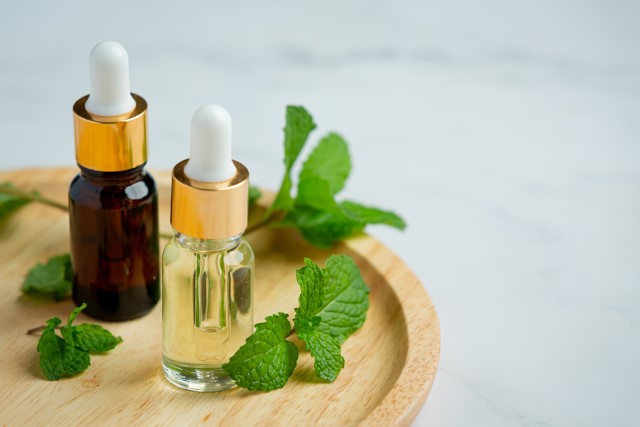By Dr. Shreepad Khedekar, MD (Hom) – Medical Geneticist, Teacher and Author
Homeopathy is a mild yet powerful system of medication based on the principle “Similia Similibus Curentur,” which means “like cures like.” This concept became scientifically established with the aid of Dr. Christian Fredrick Samuel Hahnemann, a German doctor in the 18th century. Although the belief in treating similar suffering with similar therapeutic agents was observed by Hippocrates and Paracelsus, however, it was Hahnemann who grounded it scientifically in an era where modern-day laboratory methods had been scarcely recognized.
Etymology and principles
The term “homeopathy” derives from the Greek words “homeos” (similar) and “pathos” (suffering). Homeopathy believes that a substance causing specific symptoms in a healthy person can cure those same symptoms in a sick person when administered in small amounts. Homoeopathy’s approach is both individualistic and holistic, treating the affected person as a whole entity rather than simply focusing on isolated symptoms. Homeopathy acknowledges the uniqueness of each patient, necessitating tailored remedies based on their distinct genetic structure and expressions.
Sources of remedies
Homeopathic remedies are derived from a variety of sources which include flowers, minerals, and different natural resources. Through mechanisms such as mobilization and potentiation, the chemical properties of these compounds are enriched and toxicity is reduced. The medicines are then examined on healthy subjects to determine healing capacity, and the findings are documented for future use.
Homeopathy works by stimulating the body’s defense machinery to naturally fight disease conditions. It creates a simulated sickness state, thereby correcting dysfunction and promoting recovery. Homeopathy is becoming globally popular, with scientific trials and systematic evaluations published, confirming its effectiveness. Research institutes are now more focused on building scientific proof to aid homeopathy.
Homoeopathy in India
India, with its wide population and socio-financial landscape, integrates homeopathy as a considerable part of its healthcare system. Homoeopathy has been practiced in India for over a century and plays an important role in supplying healthcare to millions. The Ministry of AYUSH reviews a consistent boom in homeopathy’s usage, with an annual increase of 26.3%, making it the second most famous branch of medication in the country.
Global Scenario of Homoeopathy
Globally, over two hundred million people use homeopathy frequently, with established practice in more than 80 countries. It has legal acceptance in 42 countries and is a part of complementary and alternative medication in 28 countries. The World Health Organization (WHO) considers homeopathy one of the most commonly used types of Traditional and Complementary Medicine.
Therapeutic approaches
Homoeopathy emphasizes correct and unprejudiced observation primarily based on scientific medical investigation of both disease and patient. The diagnosis includes individual patient traits, past ailments, family clinical history, mental and emotional stability, and environmental factors that might irritate or alleviate the patient’s circumstance. Homoeopathy is powerful in treating chronic diseases with constitutional bases and heals psychotic, psychoneurotic, and psychosomatic problems.
Scope and advantages
Homoeopathy has been used to deal with various situations, including musculoskeletal problems, pediatric complaints, dermatological problems, autoimmune sicknesses, psychosomatic disorders, lifestyle problems, and allergic reactions. It also gives comforting care in cases like cancer, terminal ailments, and HIV/AIDS, enhancing patient’s quality of life.
The advantages of homeopathy consist of its safety, effectiveness, and use of natural substances in minimum doses, making it appropriate for pregnant women, babies, children, and the elderly. Homeopathic medicines enhance the body’s self-protective mechanisms without causing microbial resistance.
Dismissal of Homeopathy by Popular Platforms
Nowadays, several popular platforms have rejected homeopathy because it is pseudoscience. This happens due to a lack of insight and appreciation for the principles behind homeopathic medicine. Critics argue that highly diluted remedies in homeopathy do not have any active ingredient thus its effectiveness is questionable. However, this perspective overlooks the individualized and holistic approach of homeopathy which aims at stimulating the body’s innate healing mechanism.
Sadly this could lead people away from trying out homeopathy as an option to be considered among others. For individuals who may benefit from its gentle yet powerful therapeutic option, negative perceptions about homeopathy by mainstream publications can act as a genuine roadblock. The full potential of homeopathy in contexts where it has demonstrated positive outcomes remains untapped. This scenario highlights the need for a broader and more open-minded investigation into alternative therapies that could complement conventional medical treatments.
Conclusion
Homeopathy is a secure, mild, and natural system of healing, making it a valuable component of the healthcare system. Its affordability and effectiveness make it a favored choice for treating chronic, acute, and lifestyle-related problems. Homoeopathy offers preventive, promotive, and curative care, reinforcing its function as a comprehensive complementary therapy. Given these benefits, it is essential to approach homeopathy with an open mind, recognizing its potential as a complementary medicine field.

